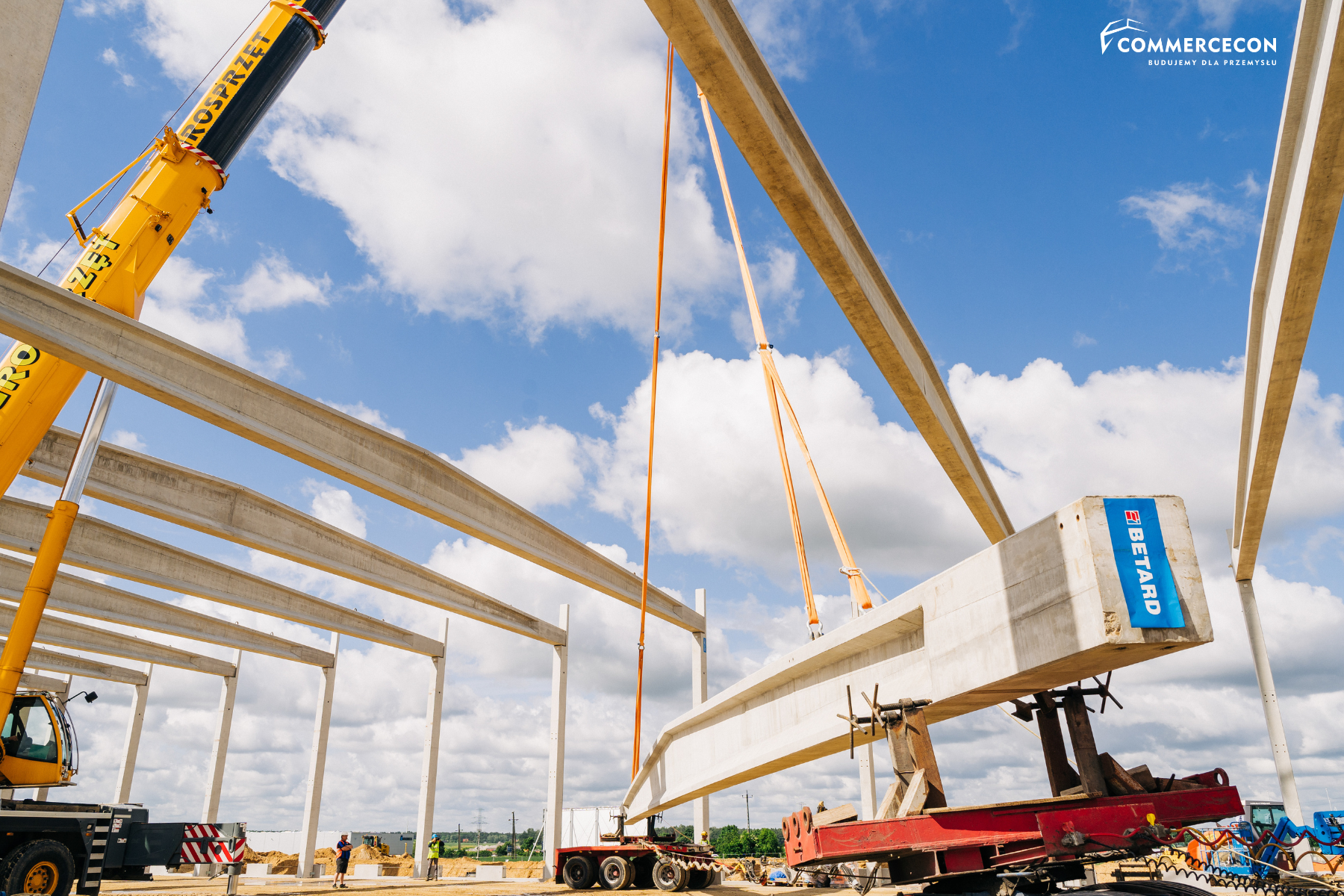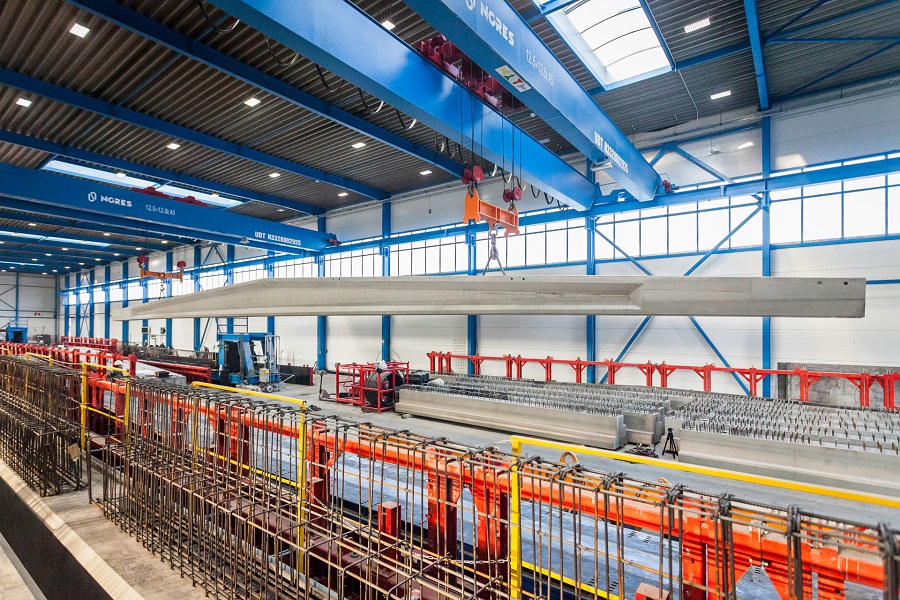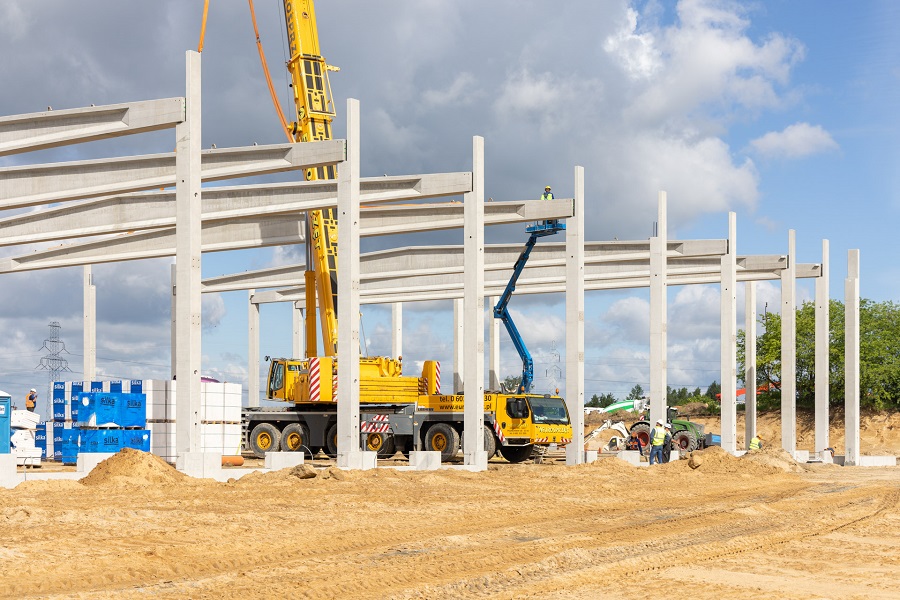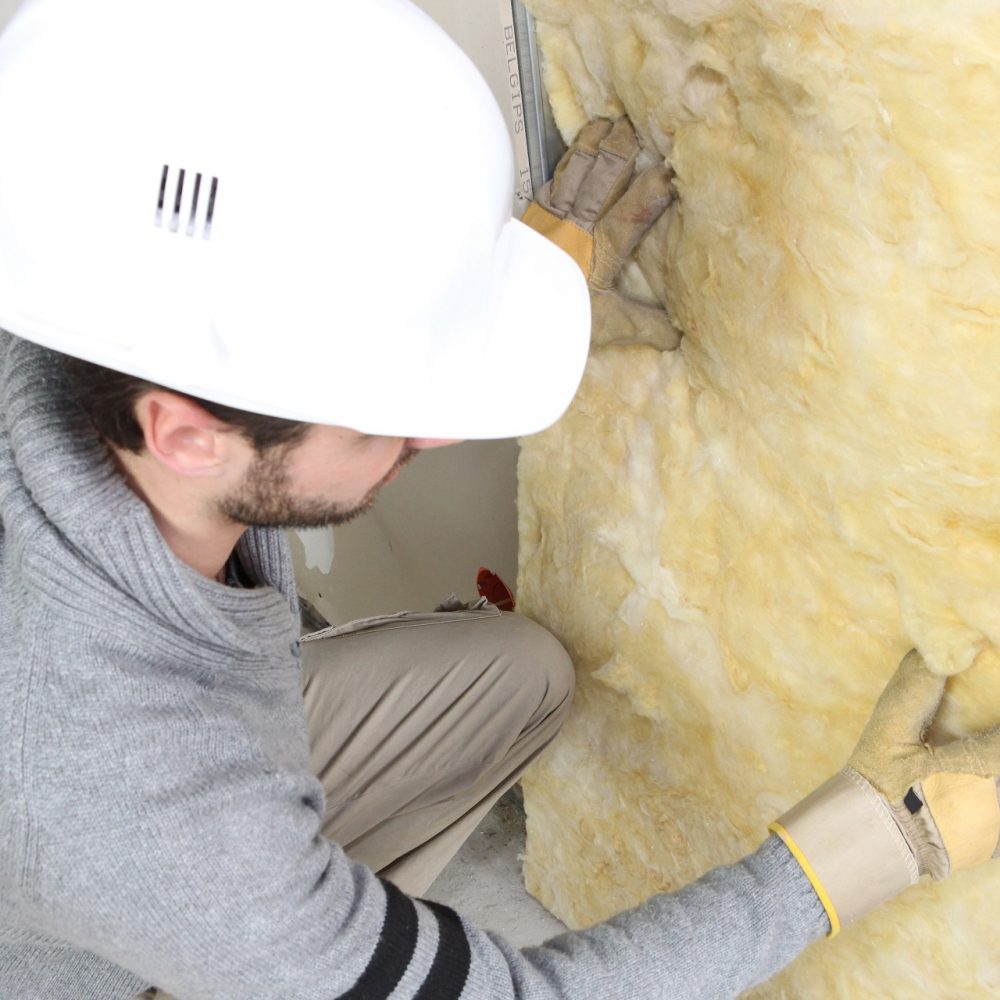
Interest in new warehouse space in Poland is growing at an unprecedented rate. The huge demand means that new halls have to be built increasingly quickly, and the percentage of space built for further resale is also increasing. In order to increase the attractiveness of non-leased spaces, developers need to rely on proven locations and versatile construction technologies. At the top of the list of tenant requirements are, among others, those for a certain warehouse height and high fire resistance of the building. How do general contractors meet these requirements?
Warehouse market – growing demand for space and new tenant requirements
Total demand for logistics space in Poland in 2021 was around 58% higher than the year before, reaching almost 5.4 million sqm. The space built last year added 2.9 million sqm to the total warehouse stock, which stood at 23.8 million sqm at the end of December. It is worth noting the terms on which developers currently offer space, in particular the significant percentage of resale space. At the end of 2021, it stood at almost 47%, almost double the 2020 figure. This is a huge increase indicative of the prosperity of the warehousing market and the optimistic mood of developers who see potential in its further development.
– Although the demand for warehouse space available almost off-the-shelf continues to grow, developers opting for such developments need to ensure that they are attractive. What counts is not only a good location, which will allow the tenant’s business to run smoothly in the future, but also the building technology involved, including its high fire resistance, which is ensured by appropriately selected construction materials and specialist systems. We can see that such solutions, so far used mainly in facilities with a pre-let agreement or even built under the BTS formula for a specific customer, are increasingly being used for speculative warehouses as well. This increases the versatility of the space and therefore the chances of leasing it quickly” – explains Rafał Bredow, Constructor at Commercecon, the company with long years of expertise in building logistics halls for the country’s largest developers.

Fire resistance – what is it?
Fire resistance, also known as fire performance, is nothing more than the ability of the individual materials of a building component to meet certain conditions when exposed to direct flames, such as during a fire. Fire resistance can apply to the entire building or to a component of the building, such as a wall or ceiling structure. The fire resistance of building elements is determined by three basic criteria, i.e. fire resistance – R, fire tightness – E and fire insulation – I, as well as a corresponding number. It tells us how long during a fire a building element will fulfil its function and the specified fire resistance requirements, e.g. REI120 means that the element meets the requirements for air tightness, load-bearing capacity and insulation for 120 minutes after the appearance of fire. – – In order for a partition to fulfil the fire resistance conditions, all its components must comply with the stated requirements. For a partition formed by columns and precast beams, as well as sandwich panels, all sections must meet the standard requirements for fire resistance class. For reinforced concrete components, their fire resistance is determined by the static scheme, cross-section and reinforcement cover” – explains Łukasz Andrzejewski, the Head of the Design Department at BETARD the manufacturer of precast concrete elements for construction industry.
All purpose warehouse – steel or reinforced concrete?
When constructing large-scale logistics facilities, frame structures are most commonly used. The main load-bearing structure consists of roof girders supported on columns, which in turn are attached to the footings. Due to the material of the aforementioned components, storage halls can be divided into steel, reinforced concrete and hybrid ones. The former, are distinguished by their lightweight, slim design, which allows very long construction spans to be achieved.
However, steel components are not suitable for warehouses with high fire resistance requirements, as their mechanical properties are significantly compromised by heat. As Commercecon expert points out, concrete elements reinforced with ribbed bars and/or prestressed steel should be used to build a hall with such requirements. – Although reinforced concrete buildings are more massive, compared to steel structures, and concrete itself is a material with many times lower tensile strength than steel, it performs far better than steel when it comes to fire resistance. It exhibits natural fire resistance, so that load-bearing elements made of it usually do not require additional fire protection, and the building itself provides much greater fire safety for the people and property in it.
Reinforced concrete columns are custom-made for the general contractor in dedicated precast plants. Commercecon has been working with BETARD in this area for years. Once they are delivered to the construction site, qualified and experienced assembly teams carry out the installation with construction machinery suitable for the technology employed.
Tailor-made modern reinforced concrete structures
As it has been said, reinforced concrete structures, due to their inferior mechanical and strength performance, are more massive compared to steel structures. Aware of these properties, manufacturers of reinforced concrete elements have developed a manufacturing technology that makes it possible to achieve much greater strength. Łukasz Andrzejewski explains the details. – In order to optimise the cross-sections of bar elements (mainly beams) and slab elements (floors), prestressed elements are designed with prestressing steel strands (in prestressed concrete structures) and prestressing cables (in post-tensioned concrete structures). Applying the prestressing force into a component significantly reduces deflections and increases the load-bearing capacity of structural elements. Like reinforced concrete, the fire resistance of prestressed elements is determined by their cross-section and the reinforcement cover.
Pre-stressed concrete elements are increasingly used in large-scale industrial buildings, both as floor and roof elements. Since the cross-section can be optimised, the structure becomes lightweight and cost-effective compared not only to traditional reinforced concrete elements, but also to steel components, which in turn are clearly superior in fire resistance properties.
Warehouses bigger and taller – how to meet tenants’ demands?
When it comes to building a warehouse, almost every cubic metre of space counts. Its optimal use is aided by a number of solutions, including an appropriately tailored design and, more specifically, the material from which the individual load-bearing elements are made. – The precast prestressed elements used in the roof structure have a lower height compared to a steel truss structure. This saves on cubic capacity, cover and, therefore, allows for a more effective stacking What is more, such a structure does not require additional protection to increase fire resistance, as is necessary in the case of steel structures, so the solution using pre-stressed reinforced concrete structures is also optimal in structural and financial terms – the BETARD expert explains.

In the case of warehousing facilities, note also that the right choice of fire protection solutions at the design stage can bring huge savings during construction. It is, for example, a matter of determining the appropriate storage height. – Every developer should be aware that exceeding certain heights entails an increase in the fire load per unit area of the building or specific fire zone, and thus an increase in fire protection requirements. In such cases, a special sprinkler system is usually required, which is an extremely costly solution – Commercecon expert warns. One alternative method of providing adequate fire protection for a facility is to divide smaller parts of the warehouse into separate fire zones each of which does not require a sprinkler system. This solution proves to be incomparably cheaper than installation of special systems, and usually does compromise the comfort of the premises.

We are facing transitions in warehouse construction, and, while meeting the new tenant requirements is a major challenge for designers, building material manufacturers and general contractors, the efforts are not in vain – they promote safety, comfort and, above all, the environment.



